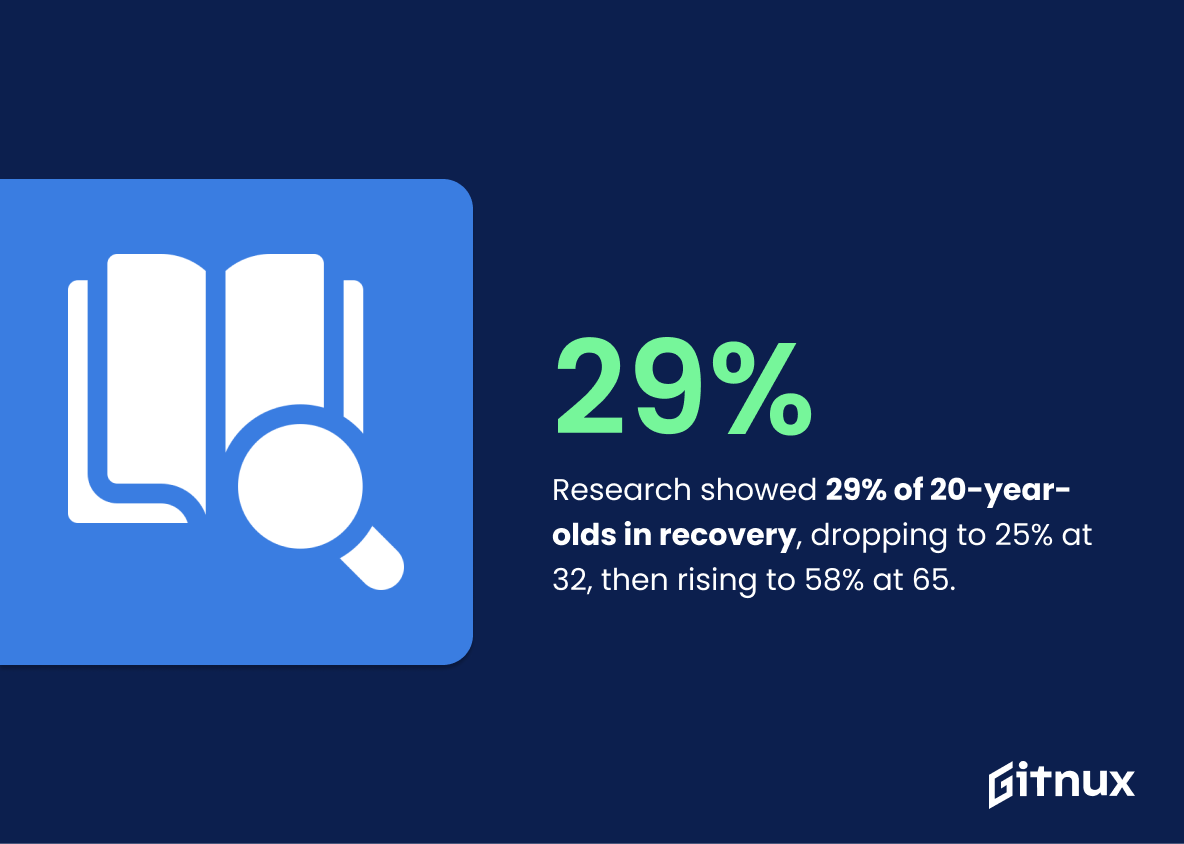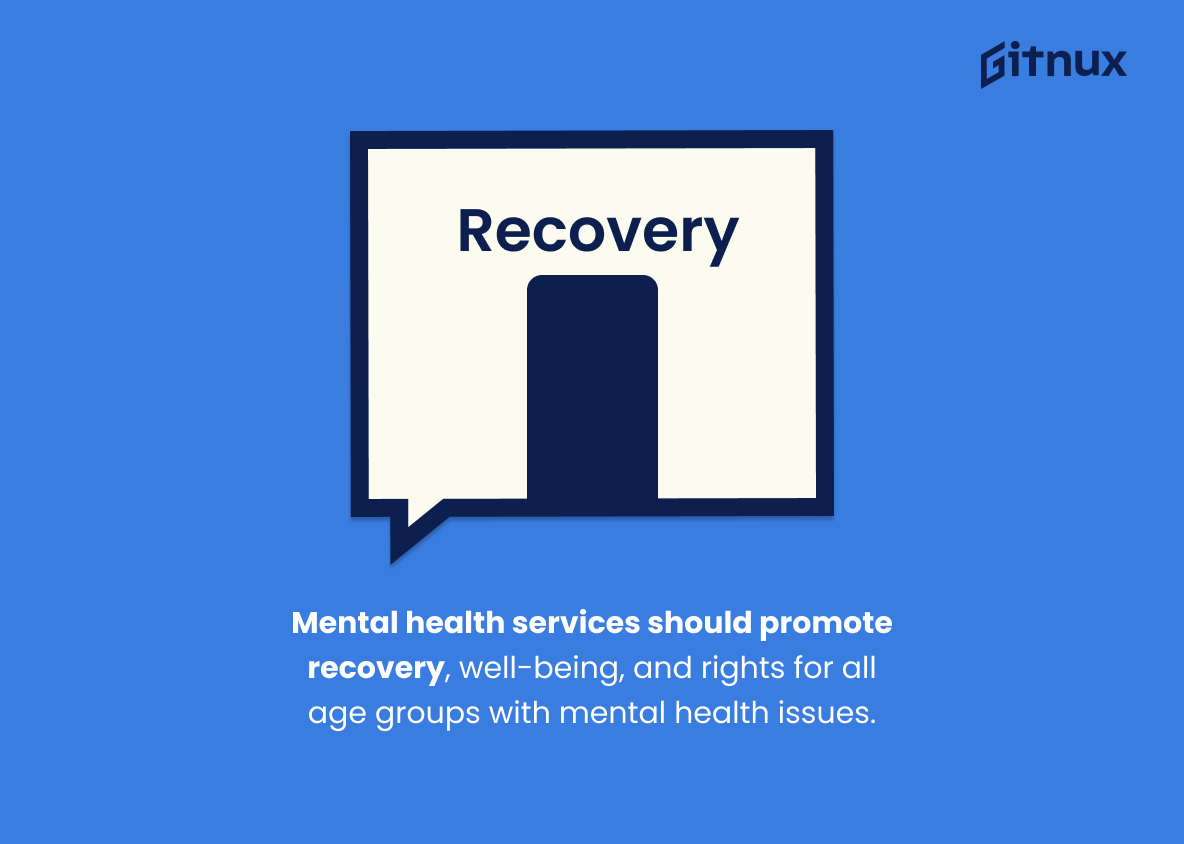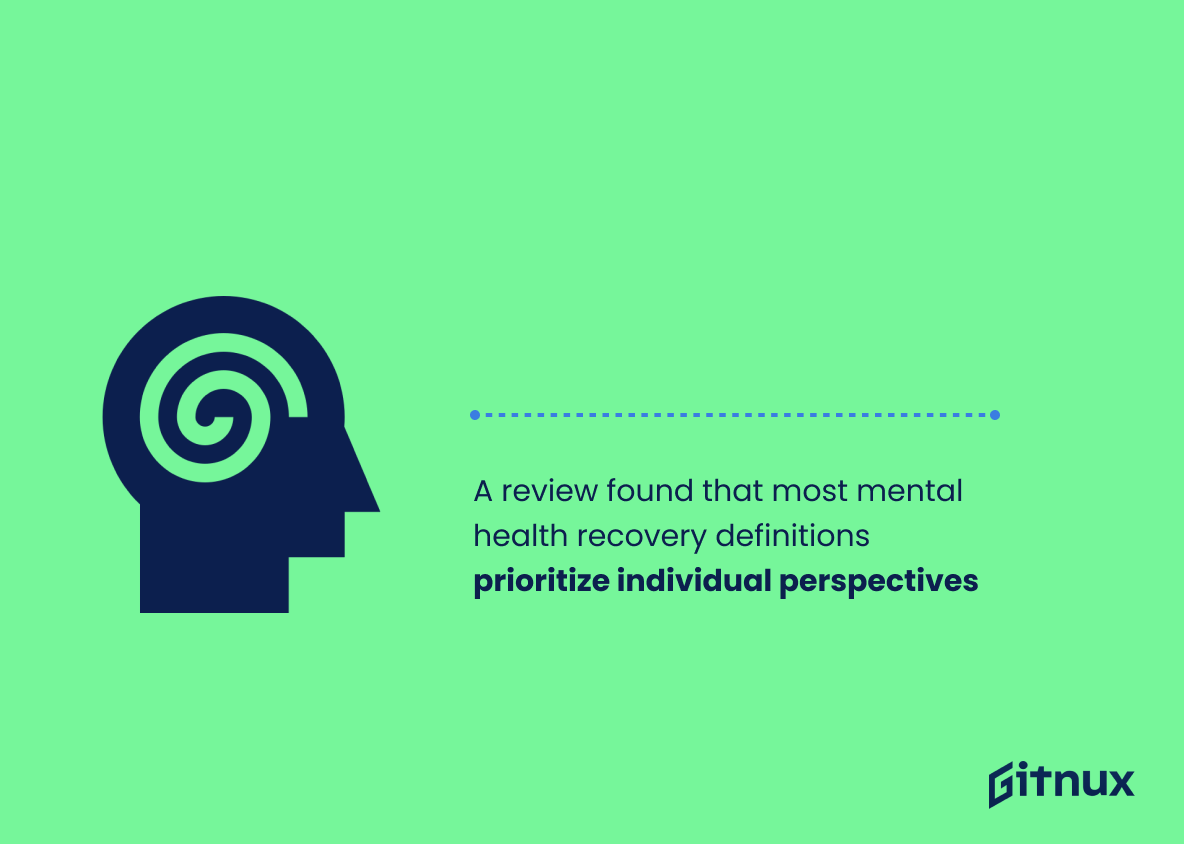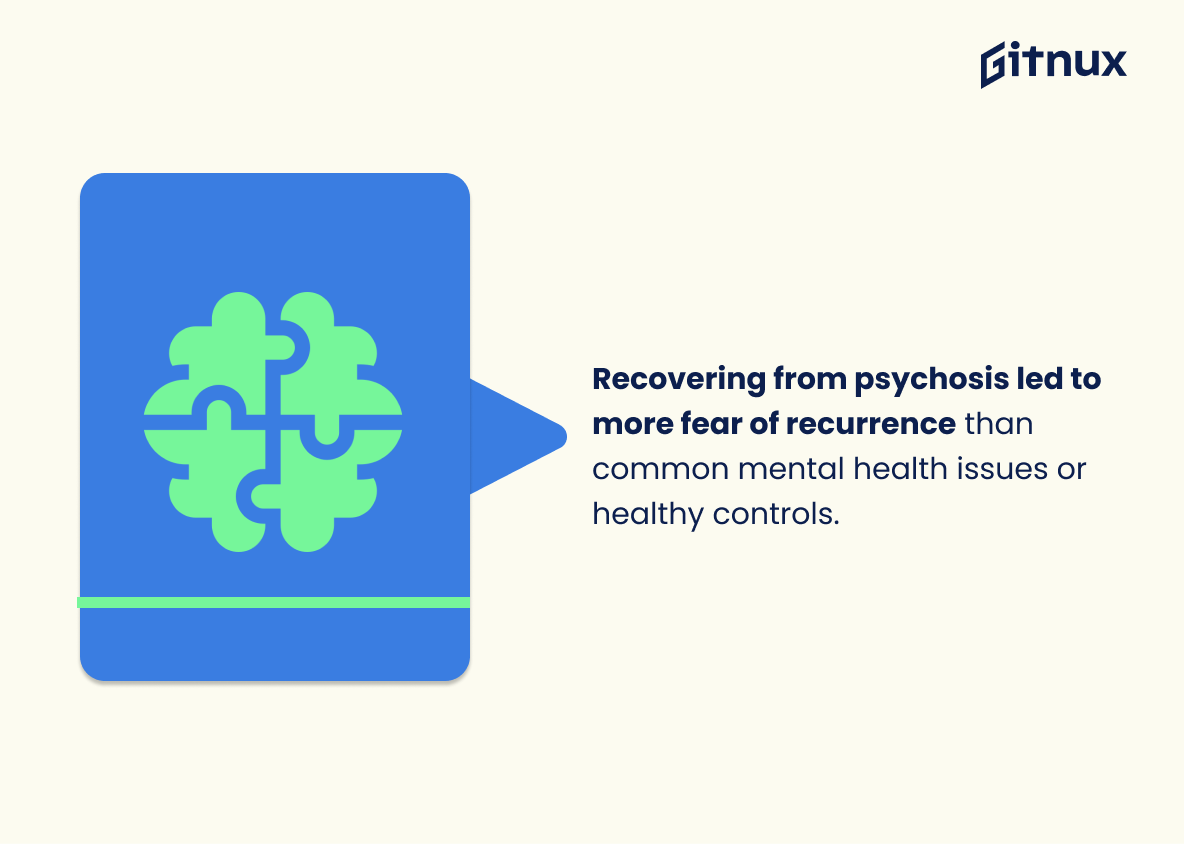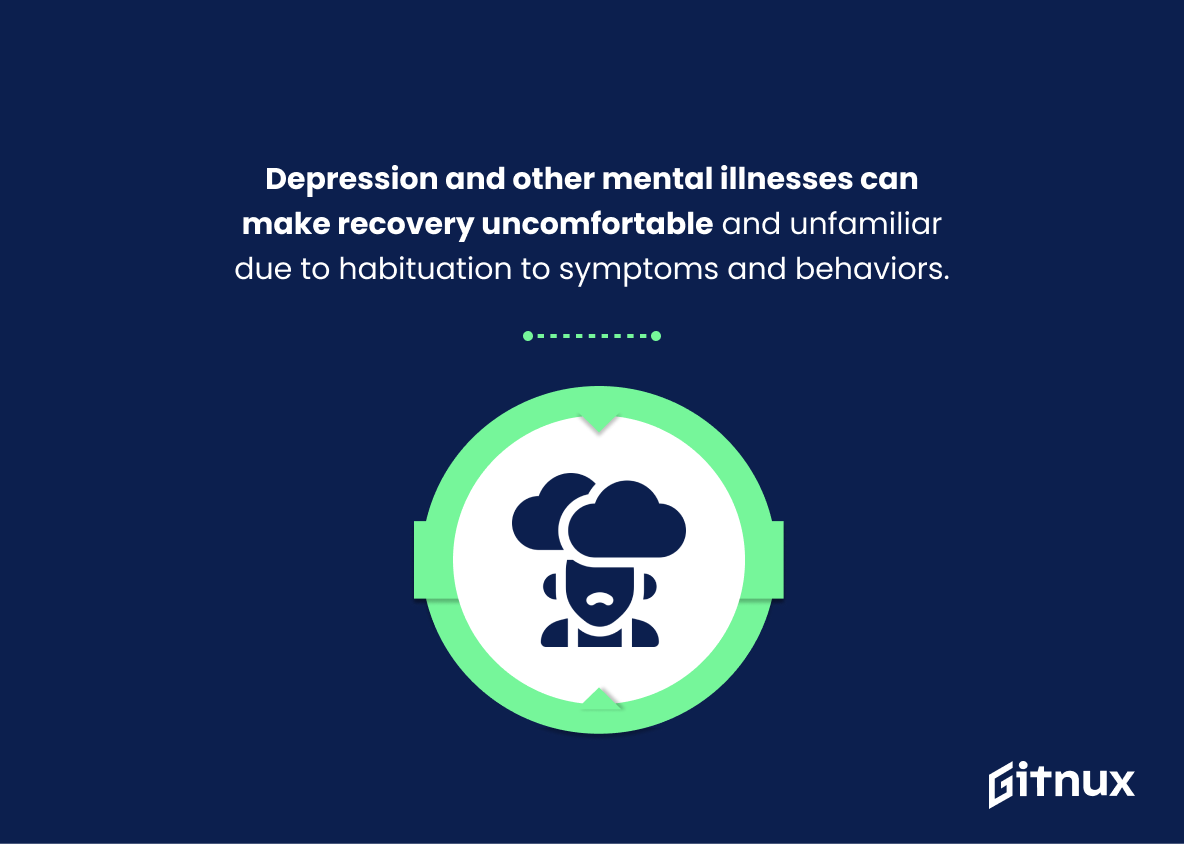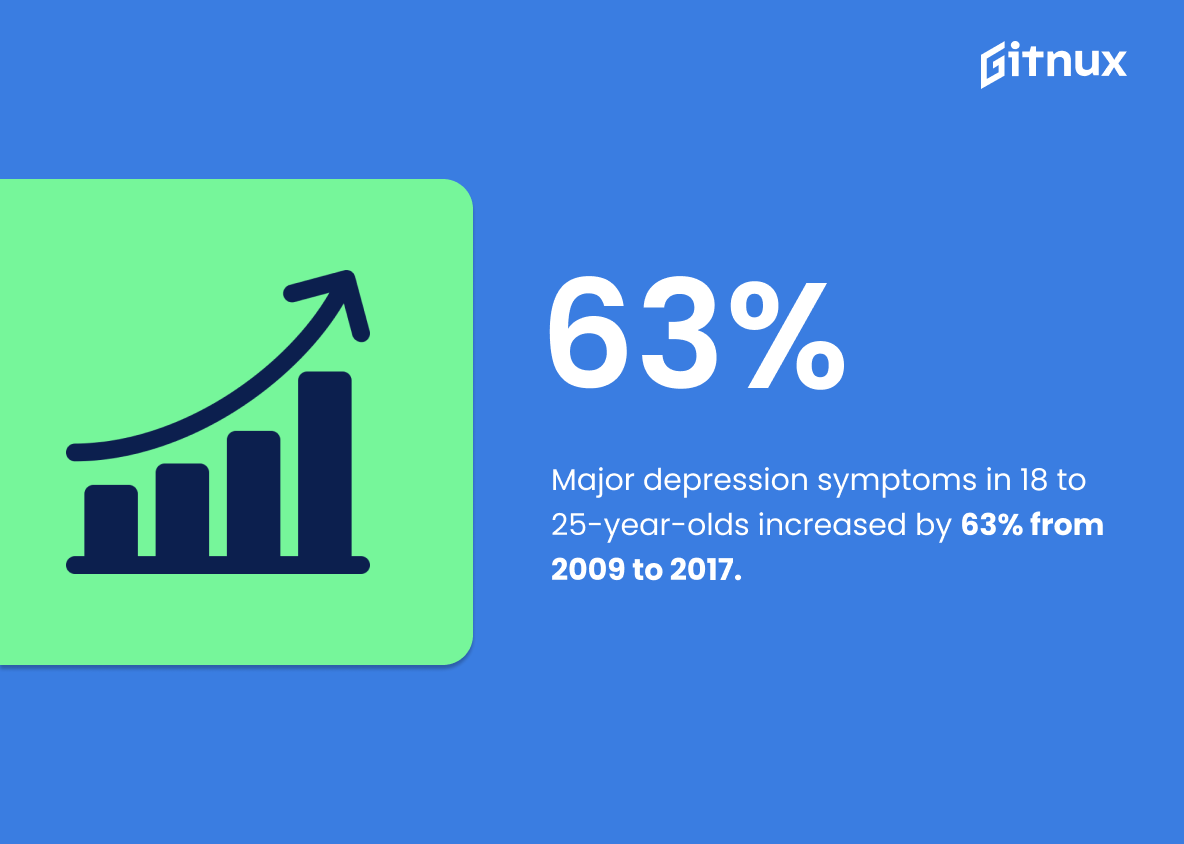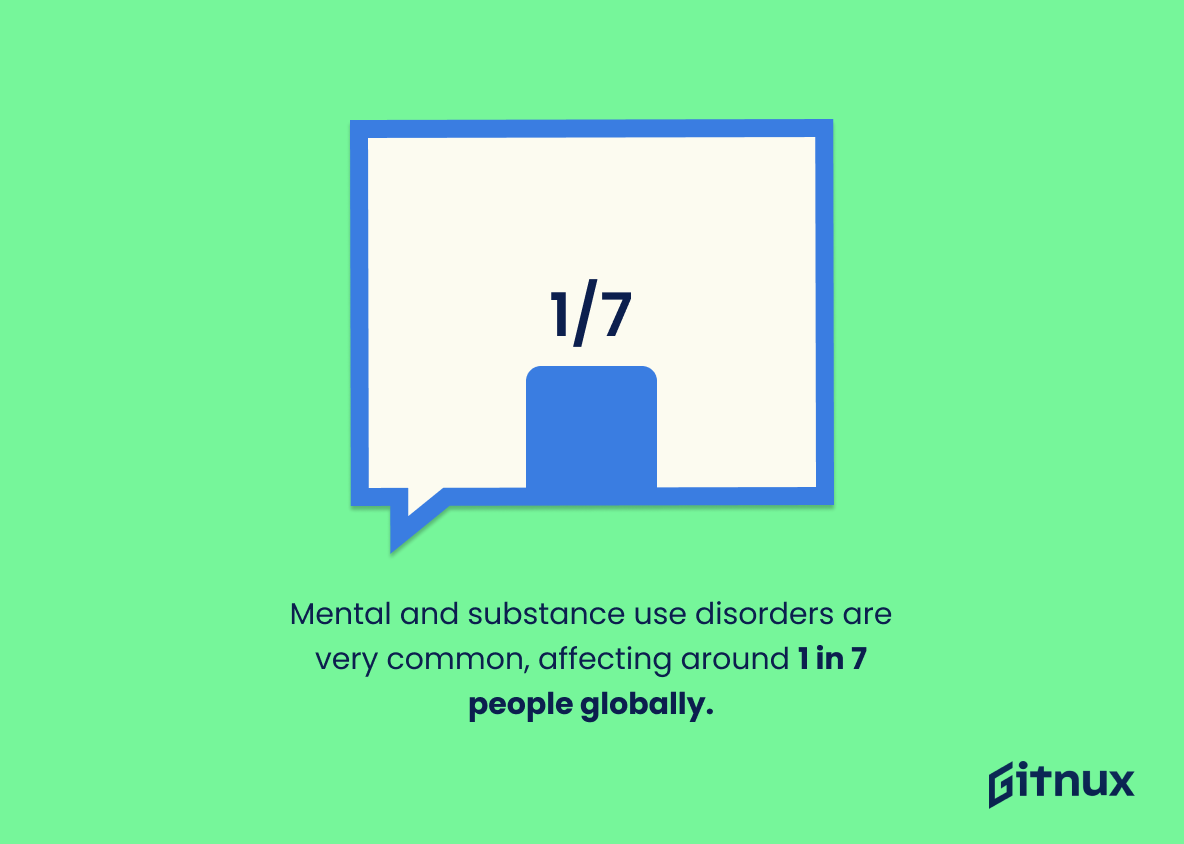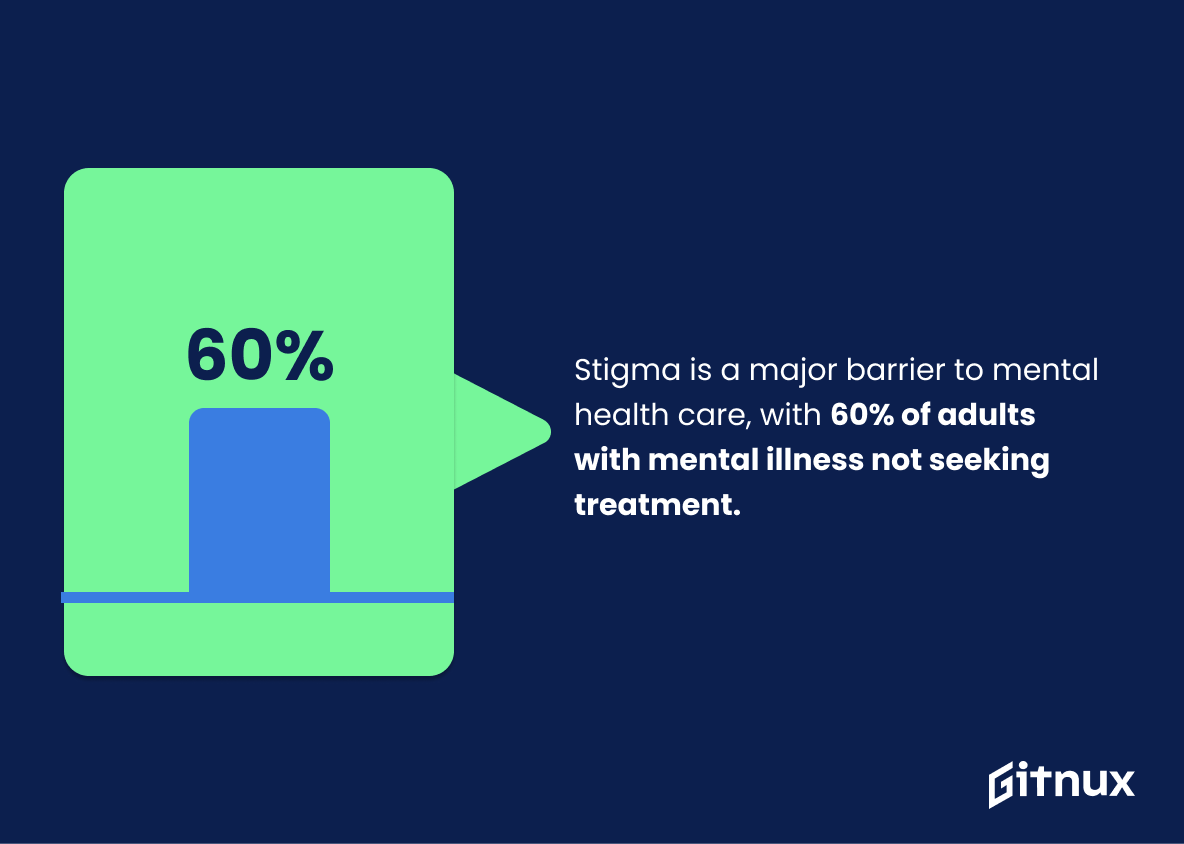Mental illness affects millions of people around the world, and recovery is an important part of the journey. But what do the statistics tell us about mental illness recovery?
In this article, we’ll take a look at the latest research and statistics on mental illness recovery, and explore what they mean for those living with mental illness. We’ll also discuss the importance of seeking professional help and support for mental illness recovery.
Mental Illness Recovery: Important Statistics
The rate of individuals aged 18 to 25 years old that reported symptoms consistent with major depression increased 63% from 2009 to 2017.
A statistic shows that stigma of mental illness is a major barrier to mental health care, as 60% of adults with a mental health illness don’t receive care due to stigma.
Mental Illness Recovery: Statistics Overview
The lifetime prevalence of serious mental illness is estimated to be between 4.1-5.8% of US adults, with 17% having received one of the diagnoses, 6% having a lifetime rate of a serious mental illness, and nearly 4% continuing to experience interference associated with it. One-third of those with a lifetime serious mental illness reported being in remission for at least the past 12 months.
This statistic is important because it provides insight into the prevalence of serious mental illness in the US, which can inform the development and prioritization of clinical interventions and health policy, especially funding decisions, to better support those with mental illness.
A research found that about 29% of 20-year-old respondents were in recovery, decreasing to 25% of 32-year-olds, and increasing to 58% of 65-year-olds.
Recovery from mental illness is possible, and that the rate of recovery increases with age.
Mental health services should aim to foster recovery and well-being for people of all ages living with mental health problems and illnesses, and uphold their rights.
This emphasizes the importance of providing mental health services that are focused on helping people with mental illnesses to live autonomous, contributing and satisfying lives in the community, even in the presence of persisting symptoms.
This is an important step in helping people with mental illnesses to recover and lead fulfilling lives.
A review found that predominant definitions of mental health recovery focus on an individual perspective, while there is an important emphasis on socio-political aspects. It also found that only a small number of studies took place in low-income countries, focused on minoritized populations, or included caregivers’ perspectives.
This matters in the context of mental illness recovery statistics because it highlights the need for further research and policy and practice to be informed by a wider range of perspectives and experiences, including those of minoritized populations and caregivers.
A study found that those recovering from psychosis had a higher fear of illness recurrence than those recovering from common mental health problems or healthy controls, but no other differences between the groups.
This matters because it highlights the need for tailored interventions for those recovering from psychosis to address the fear of relapse.
Depression and other mental illnesses can cause people to become accustomed to the symptoms and behaviors associated with them, making recovery feel uncomfortable and unfamiliar.
Recovery is possible, but can be difficult due to the familiarity of the illness.
The rate of individuals aged 18 to 25 years old that reported symptoms consistent with major depression increased 63% from 2009 to 2017.
Mental illness is a growing problem, with millions of people worldwide affected and millions of deaths each year attributed to mental disorders.
This highlights the need for increased awareness and access to mental health services in order to reduce the burden of mental illness.
Mental and substance use disorders are very common, affecting around 1 in 7 people globally.
This highlights the need for increased awareness, recognition, support and treatment for these disorders.
A study shows that 10 million individuals in the US suffer from Serious Mental Illness (SMI) in 2016, making it one of the leading causes of disability.
Experiencing prejudice and discrimination can lead to internalized stigma, which is an essential target for intervention in order to ensure effective recovery.
A statistic shows that stigma of mental illness is a major barrier to mental health care, as 60% of adults with a mental health illness don’t receive care due to stigma.
This is especially true for young people, men, minorities, people in the military, and health workers.
This matters because stigma can prevent people from seeking the help they need, leading to a decrease in recovery and a lack of access to resources that could help them.
Conclusion
Mental illness recovery statistics are a powerful tool for understanding the progress of mental health treatment.
While there is still much work to be done in terms of improving access to mental health services and reducing stigma, the data shows that recovery is possible and that people with mental illness can and do lead meaningful, productive lives. With the right treatment, support, and resources, individuals with mental illness can and do recover.
References
1 – https://ps.psychiatryonline.org/doi/10.1176/appi.ps.201700401
2 – https://naric.com/?q=en/rif/recovery-possible-people-serious-mental-illnesses
3 – https://www.ncbi.nlm.nih.gov/pmc/articles/PMC4577336/
4 – https://www.frontiersin.org/articles/10.3389/fpsyt.2021.712026/full
5 – https://www.ncbi.nlm.nih.gov/pmc/articles/PMC7496928/
6 – https://barrie-psychologist.ca/blog/fear-recovery-getting-better-can-bring-anxiety/
7 – https://www.singlecare.com/blog/news/mental-health-statistics/#:~:text=Mental%20health%20statistics%20worldwide,disorder%20affects%2071%20million%20people.
8 – https://ourworldindata.org/mental-health
9 – https://www.ncbi.nlm.nih.gov/pmc/articles/PMC6928452/
10 – https://etactics.com/blog/statistics-on-mental-health-stigma
